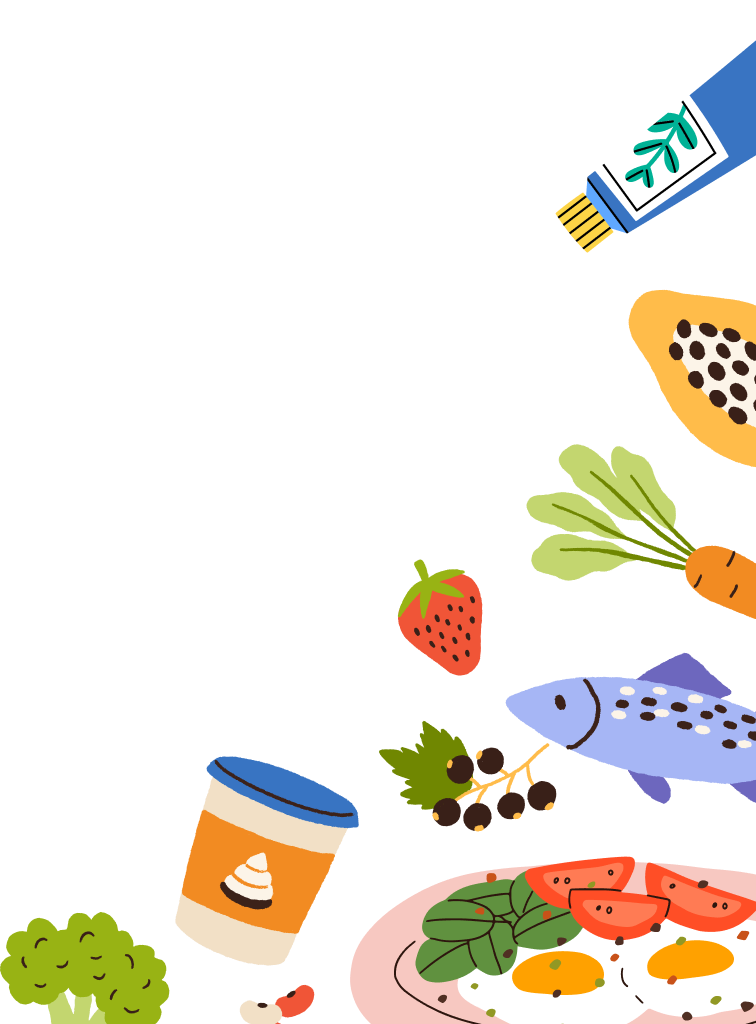New FDA Rules: What “Healthy” Means on Food Labels in 2025
We all want to eat healthier, and the U.S. Food and Drug Administration (FDA) is trying to help us do just that. They recently updated the parameters for the use of the word “healthy” on food and beverage products.
The Evolving Definition of "Healthy": Why Regulations Matter
The FDA is in charge of establishing guidelines for food and beverage packaging and labels. The last time “healthy” was reviewed for packaging purposes was in the 1990s. To unify recommendations posed by the current Dietary Guidelines for Americans (DGA) and food packaging labels, they created a new guideline for using “healthy” in December 2024.
These updates aim to bring clarity to the consumer and enable more informed food choices while addressing public health concerns. According to the DGA, 80% or more Americans aren’t eating the recommended amounts of fruits, vegetables, dairy, and seafood. In contrast, we regularly exceed the RDA of saturated fats, added sugars, and sodium. This standard American eating pattern increases the risk of various chronic diseases like type 2 diabetes, heart disease, and even cancer.
Key Changes in the FDA's "Healthy" Definition
Using the term “healthy” on a food label is entirely voluntary. However, for it to be permitted, products must meet criteria for what they must and cannot contain. Let’s break it down.
Products that contain a certain amount of food:
The new guidelines establish a minimum amount of certain food groups that a product must have in order to be labeled “healthy”. The food groups include fruits, vegetables, grain products, dairy products, game meat, seafood, eggs, nuts, and more. These amounts vary from one food group to another, depending on criteria established while keeping the DGA recommendations in mind. For example, fruit and vegetable-based products require a minimum of ½ cup of a fruit or vegetable in their product to use the term healthy. On the other hand, a dairy product must have met a 2/3 cup equivalent.
Many whole foods that have no added ingredients automatically get to use the label, including fruits and vegetables. Nuts, seeds, olive oils, and high-fat fish are among the foods that were not previously allowed to use the term “healthy”, but under the new guidelines are permitted. While not technically a food, water is also now allowed to use the labeling.
Products with limited quantities of less healthful ingredients:
To minimize chronic disease risk, the DGA recommends reducing intake of saturated fats, sodium, and added sugars. Therefore, the FDA has set various limits for products on these nutrients to utilize the “healthy” label. As a result, fortified white bread and highly sweetened and flavored products will no longer be classified as “healthy”. You can read the full report and established limits here.
So what would these parameters look like in a packaged food? Let’s take a look at a hypothetical dried fruit rope. To use “healthy”, it would require a minimum of ½ cup of real fruit in the product and not exceed the limits for added sugar (1g), saturated fats (1g), and sodium (230mg).
What’s next?
While the parameters for the new label went into effect on April 28, 2025, manufacturers have 3 years to comply. That means that by February 28th, 2028, foods labeled as “healthy” must meet the FDA’s qualifications. The FDA is also considering creating a new graphic that manufacturers can use on packaging for consumers to identify healthy products more quickly, but this process is in its early stages. In the meantime, Foodguides is here to help educate you on what is healthiest for you.
-
FDA. (2025, January 16). Use of the “healthy” claim on food labeling. U.S. Food and Drug Administration. https://www.fda.gov/food/nutrition-food-labeling-and-critical-foods/use-healthy-claim-food-labeling
-
Food labeling: Nutrient content claims; Definition of term “healthy”. (2024, December 27). Federal Register. Retrieved May 5, 2025, from https://www.federalregister.gov/documents/2024/12/27/2024-29957/food-labeling-nutrient-content-claims-definition-of-term-healthy#h-46





















Comments
Join The Conversation...